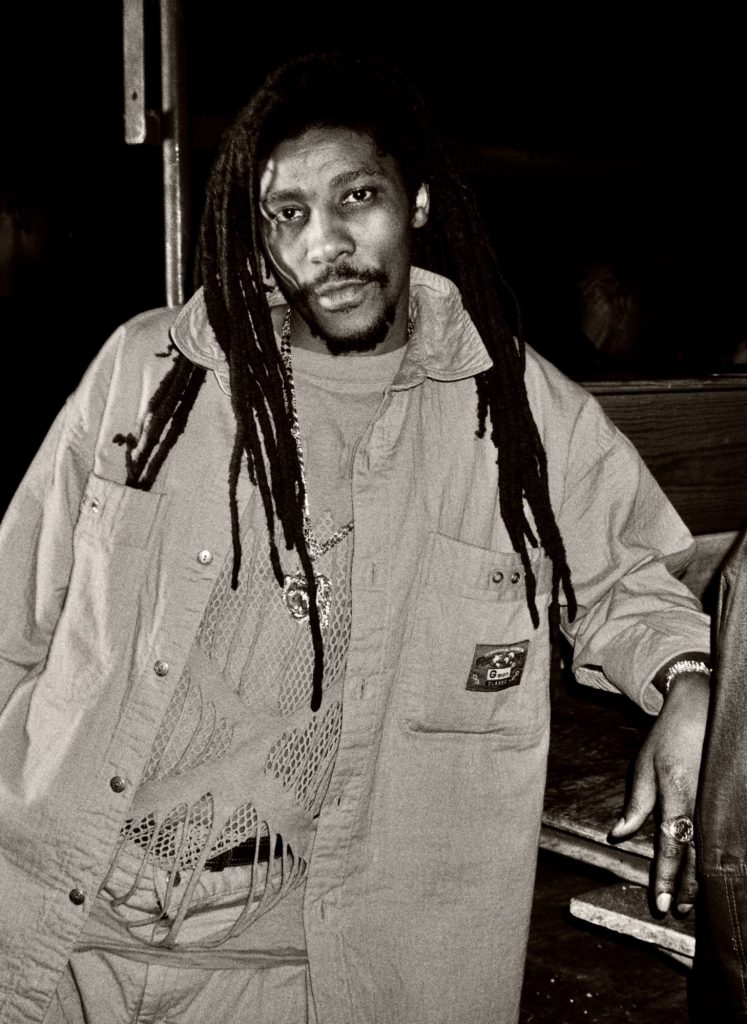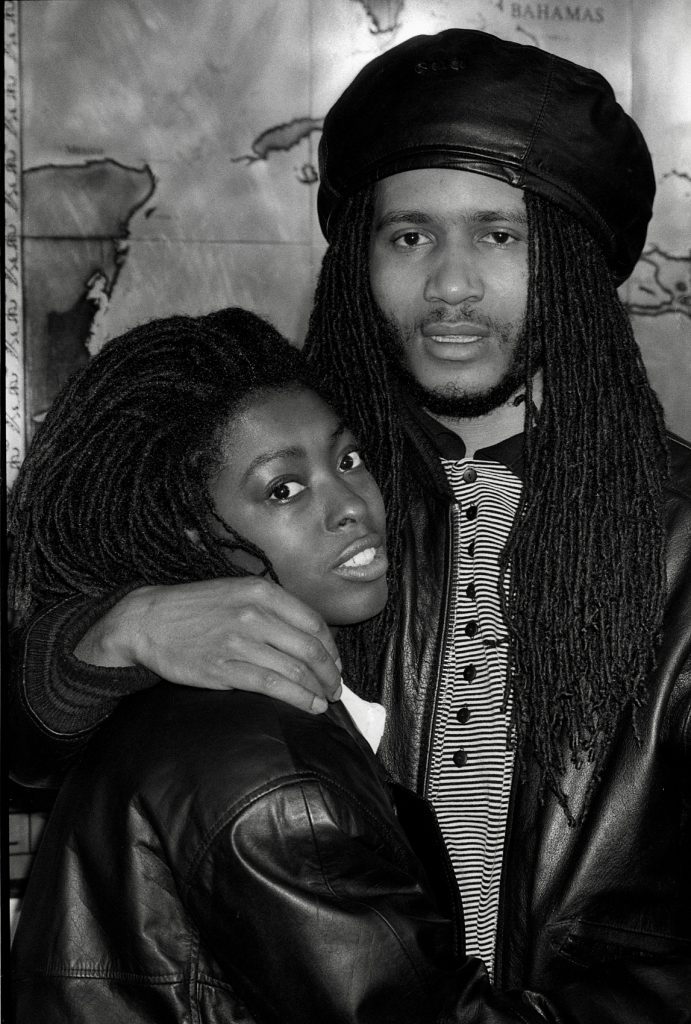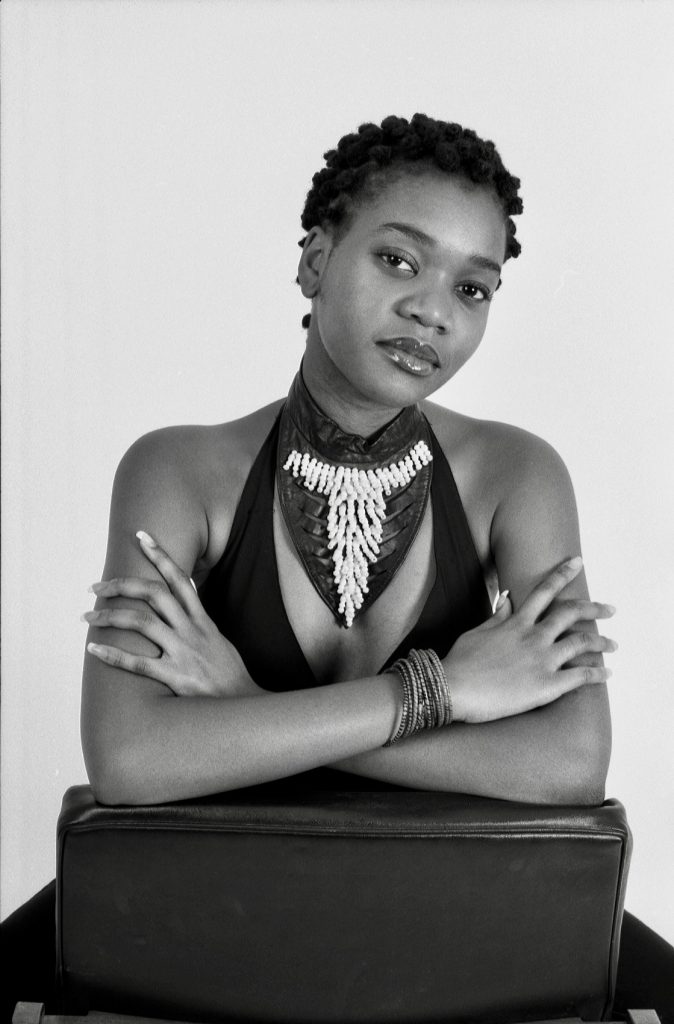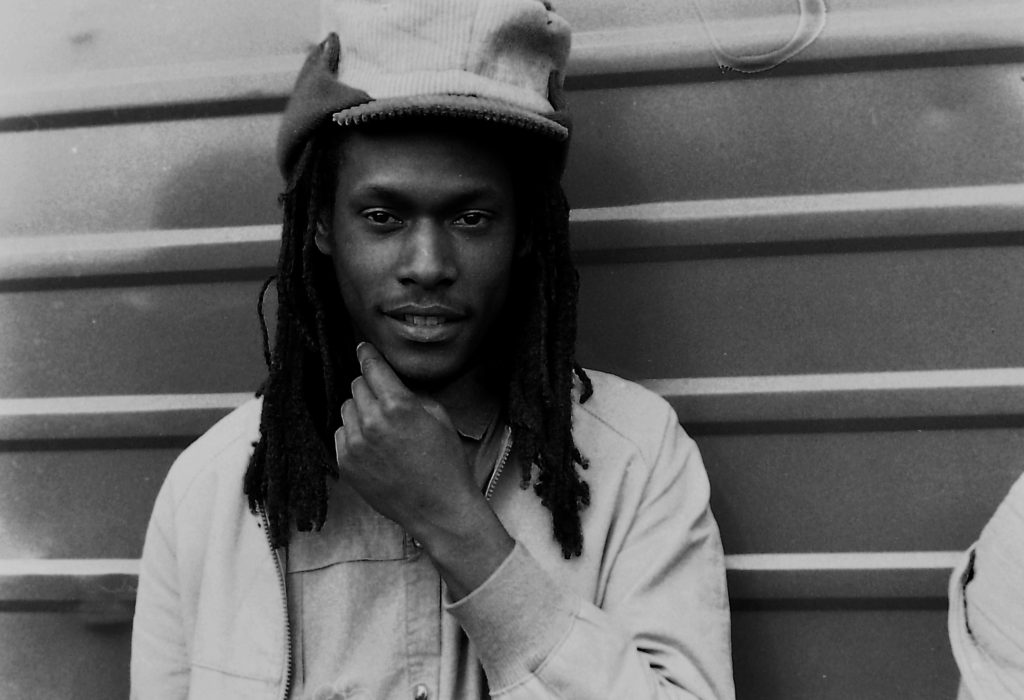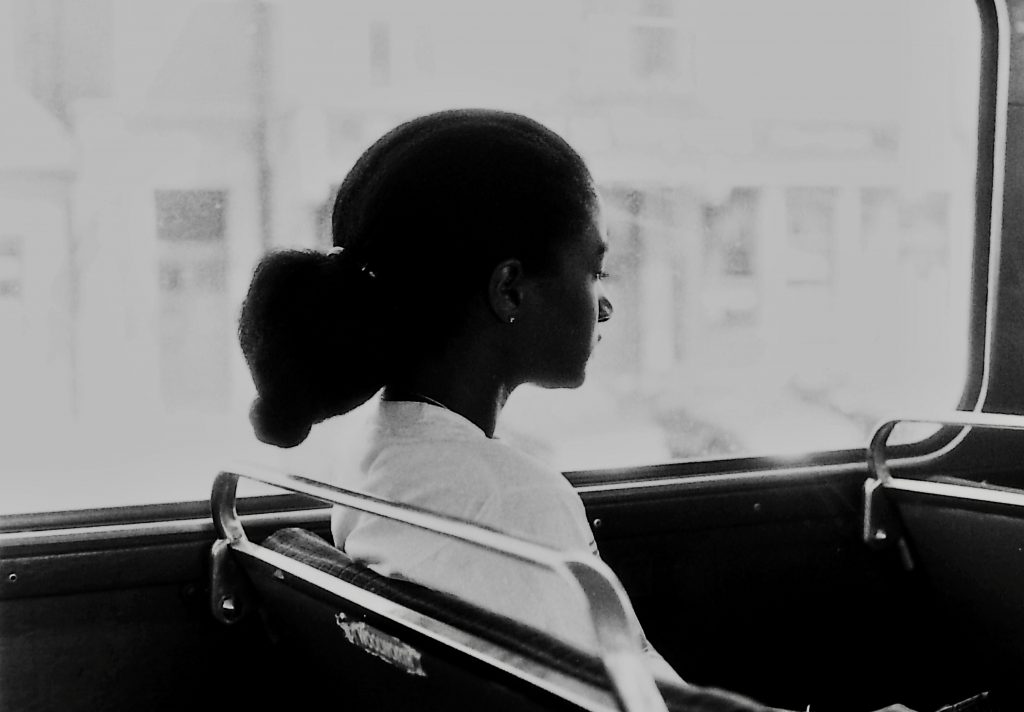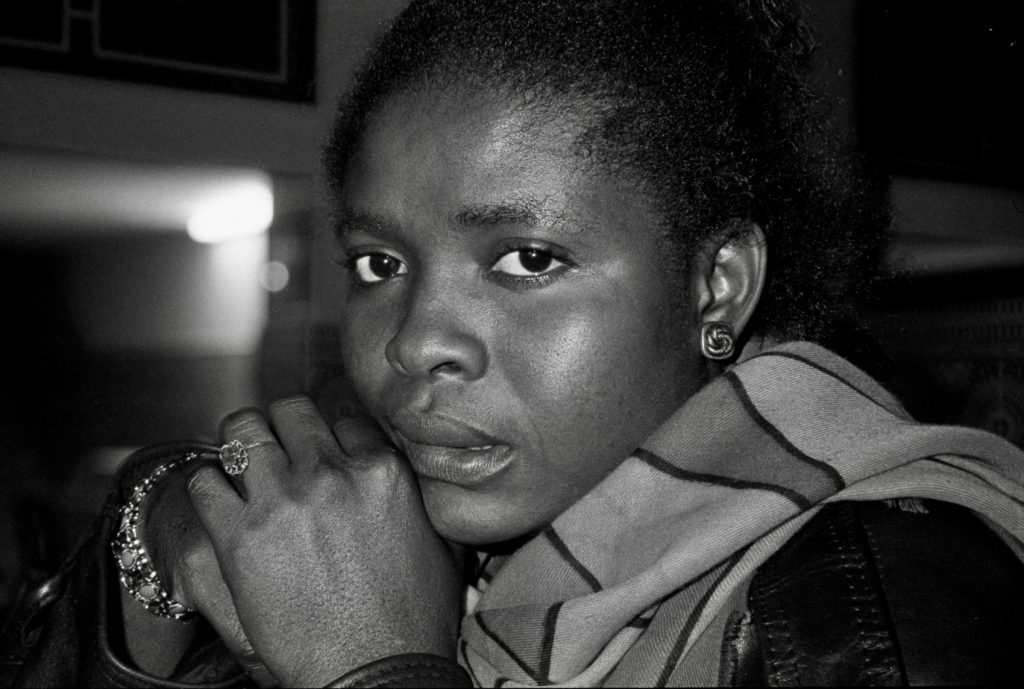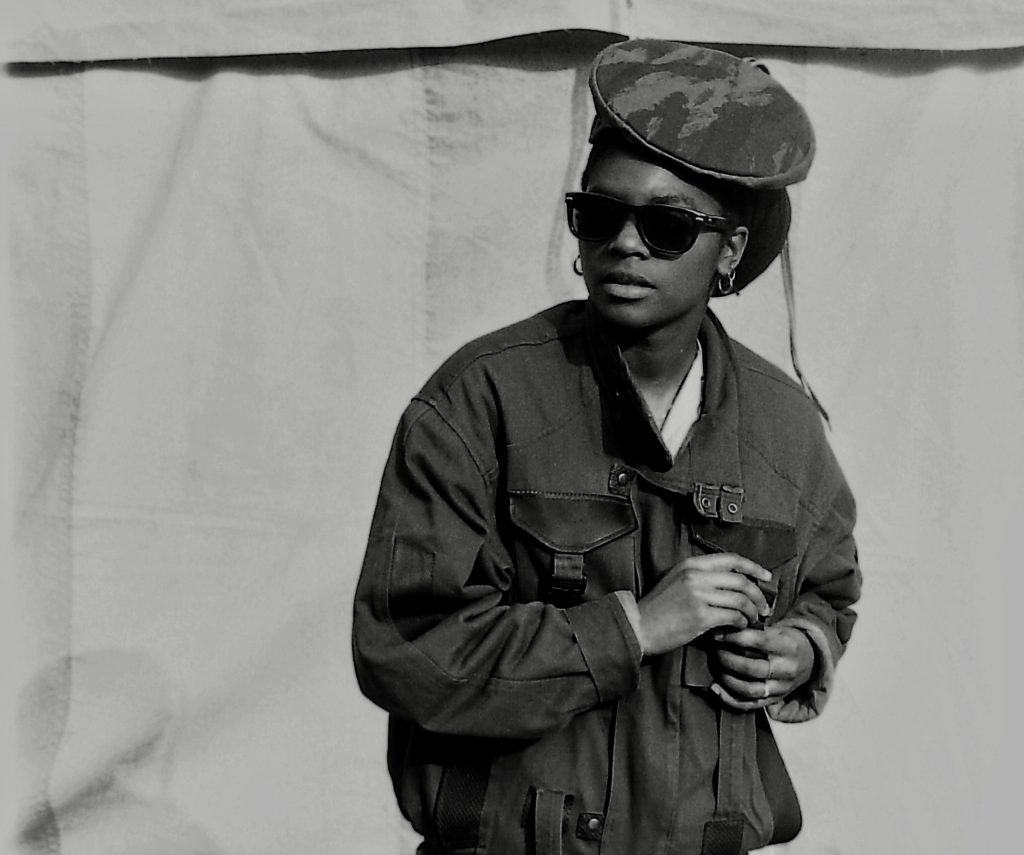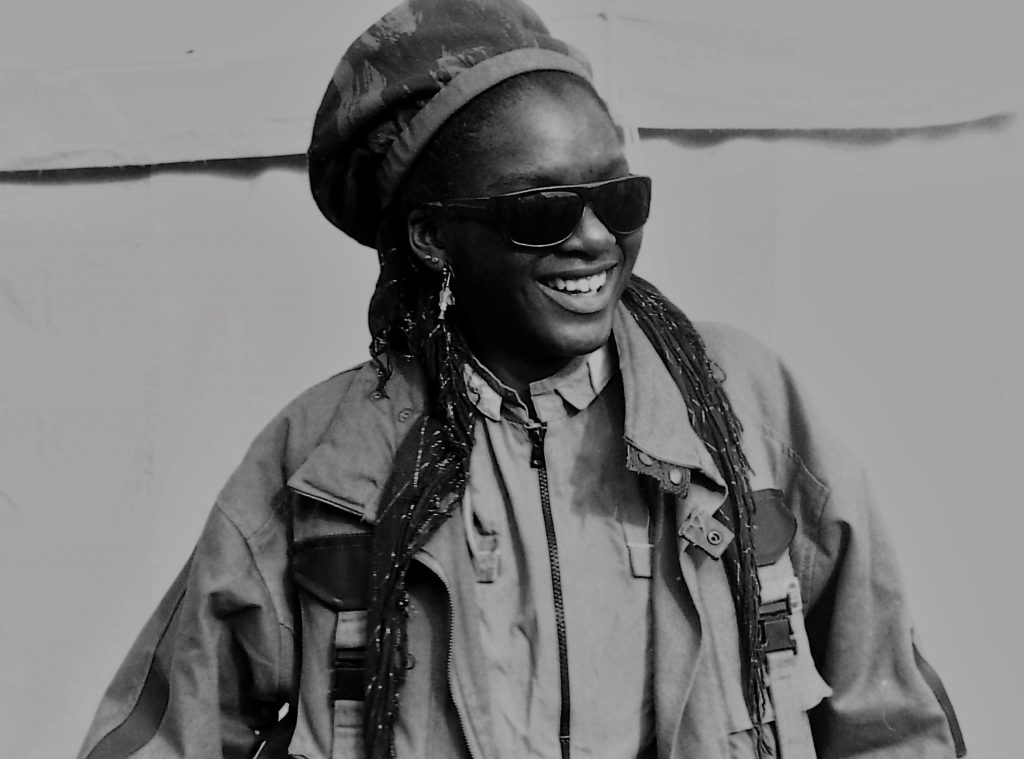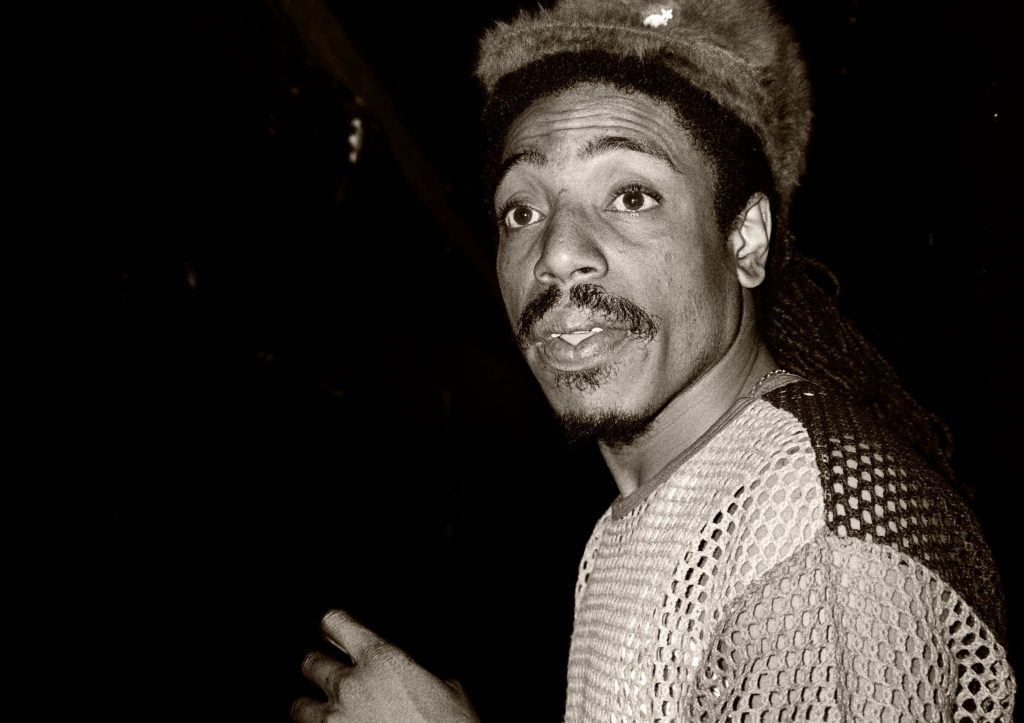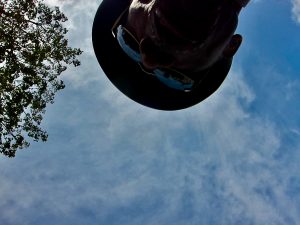
PART 5
I am often questioned, how did the passion began? Well, the creative journey through the worlds of the Visual Arts, began at a very early age.
I had no thoughts or ambition to be a creative person, ideas came and I went with the flow. It was a natural thing to do on a daily basis, continuously. As a community, we all lived closely with each other, and shared whatever we were doing. It grew from there.
I had very little knowledge about the visual arts. Apart from school visits to the National gallery, I was not exposed to the Fine Arts. Fortunately, as young people growing up in a buzzing Kingston city, images were a dominant factor in our life. Comics, Saturdays at the local movie theatre, newspaper cartoon strips were a regular read.
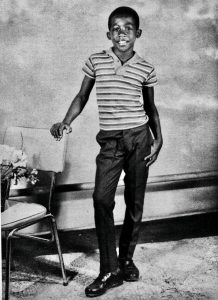
As a bright young boy living in Jamaica, I started making, selling, collecting, exchanging, competing, and also enjoying all things in American popular cultures. Due to the close location of the Caribbean, American movies was a regular feature in life.
Soon after I began attending Kingston College at thirteen. My parents agreed, it would be best to receive higher education in England.
LONDON
Arriving and began living in Hackney, East London, was the start of a brand new chapter as a teenager in a progressive European city. I attended Hackney Free and Parochial Church of England Secondary school.
At school, photography was the medium of choice, to turn thoughts and ideas into real images. One that remain in mind, is titled ‘School Yard Bully’ a colourful story told with a slide-film presentation of 12 images.
The process was directing, pressing the shutter on the camera, and redirecting. All my school friends involved in the project, enjoyed the drama. The results and the outcome, convinced me to go further.
From a serious hobby, and after leaving school, photography became a serious source of creativity, art making, and income generation. In the early 1970s, I started photographing the African Caribbean community in London, began documentary and reportage, specialising in popular music and youth culture.
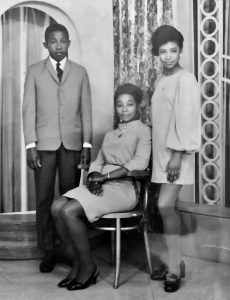
The Art World
At 18, I entered an Open Art Exhibition, at the prestigious Whitechapel Art Gallery in London. Three of my photographs titled ‘Unlimited Rockers In Motion’ were accepted and placed on public show.
The director Nicholas Serota, convinced me, the images were creative art. In England, at the time many in the fine art world, did not consider photography as art.
Because photography is the the visual medium most closely associated with advertising, and the extensive use of photography by the mass media. It is often believed aesthetic considerations are sacrificed for commercial purposes only. In that case, photographs are used only to persuade the consumer to buy.
Today, the experts in the position to decide, what is and what is not art, have concluded that; the content of an Art-Photograph, is examined by the same criteria a painting or sculpture. Photographic works of art should contain ideas, and thematic progression of those ideas. Above all, the image must be compelling, it should move the viewer.
Photographs are the visual medium of the times, from its popular use, the general public is familiar with the language of photography. For everyone, photographs are the most accessible and affordable of the visual arts.
Early Works
The Practice
In the hands of creative individuals, who are in full knowledge of the craft and techniques of the medium, photography becomes an expressive medium to realise your unique vision.
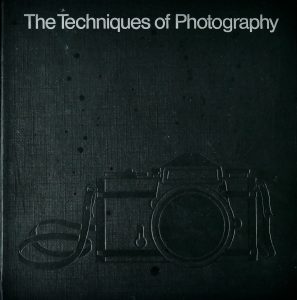
Generally self-taught, by reading the Time Life series of books on photography, I was exposed to works of the leading groups of people, engaged with photographic art. Including the various techniques and methods, used to make a photograph.
Public and private visual art collectors, are attracted to fine art photography for various reasons. Many corporate collectors are following the trend, and photographs in the commercial art space, have achieved prices beyond the million dollar price tag. Like all art, the real value and personal choice is not only in monetary terms, but what the work means to the individual, on a personal level.
Being a collectable item, does not necessarily mean a photograph automatically becomes art. Traditional Fine Art collectables, start from the premise of a uniquely created and crafted object.
